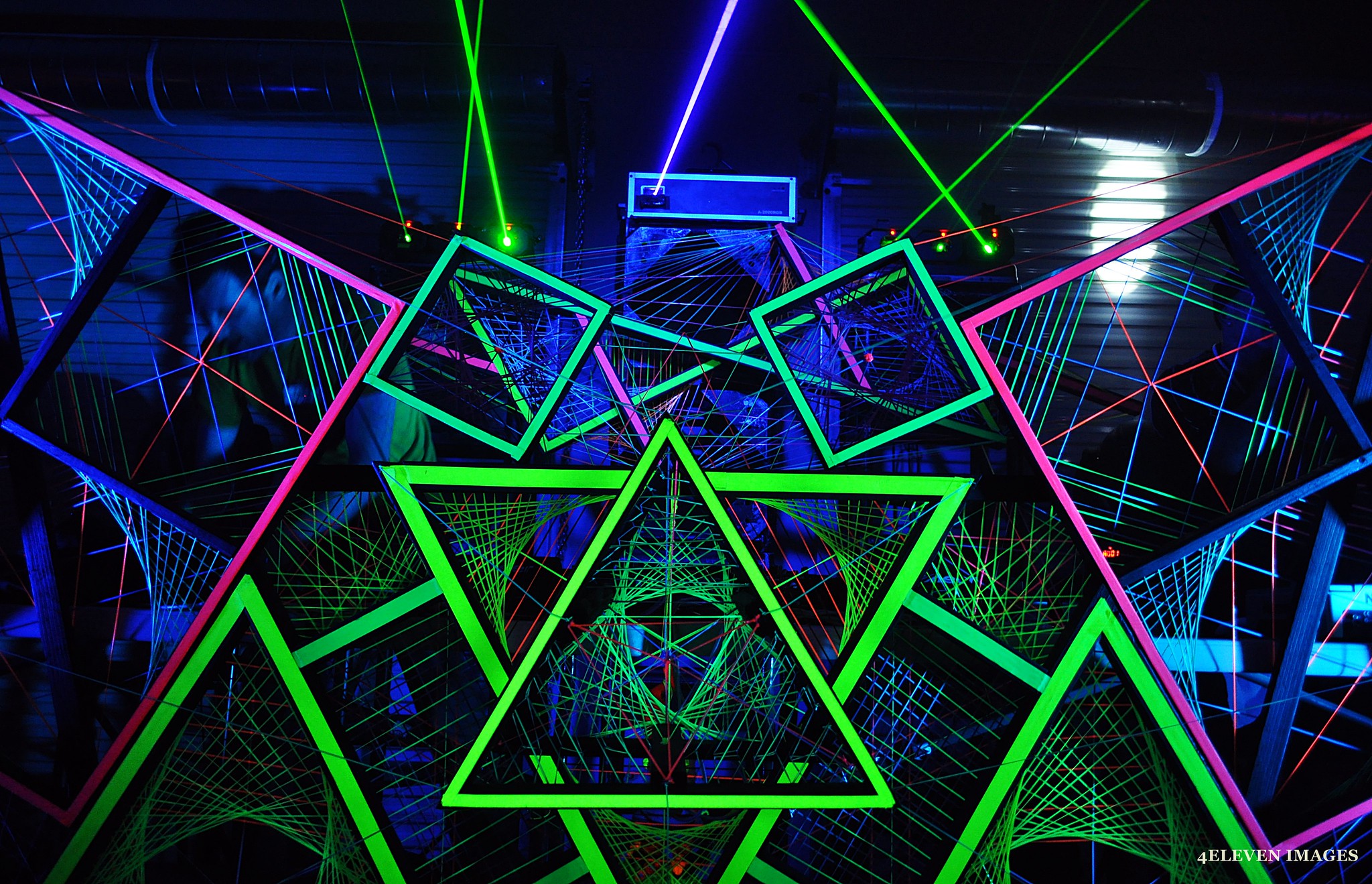

Far more US adults than previously have been using the psychedelic drug LSD in recent years, according to new research. The number of people who reported using “acid” in the past year increased by over 56 percent, relatively, between 2015 and 2018. Older adults and those with higher educations saw the biggest increases.
University of Cincinnati Center for Prevention Science researchers studied data taken from the National Survey on Drug Use and Health (NSDUH). The total sample included over 168,000 adults. The researchers looked at changes in LSD use over each year, and at demographic data, like education level, race or sexuality. They also looked at which other drugs LSD users are taking, and how risky these drugs are perceived to be.
The relative percentage changes detailed show patterns of change over time, rather than large changes in the raw numbers of people who reported using LSD. Overall, the prevalence of LSD users in the sample increased from 0.55 percent in 2015, to 0.86 percent in 2018—still quite low overall, but a percentage increase of over 56 percent. But despite the large overall increase over the four years, changes in use varied widely for different groups of people.
The researchers found only minor changes in patterns of use between men and women, and between different income groups. Men, and people making $20,000-50,000 a year, remained the largest groups of LSD users by gender and income.
Age-wise, the biggest increase in LSD use was for adults aged 35-49; use in this group surged by over 233 percent, or more than tripled. Use also increased by 45 percent for adults over age 50, and increased significantly for those aged 26-34. But use decreased by over 24 percent for adults aged 18-25. Nonetheless, this youngest age group still made up over 57 percent of LSD users in 2018.
Besides age, education level was a big predictor for trends in LSD use. People with college degrees increased their LSD use by over 70 percent, while people without higher educations decreased their use. People with who graduated high school but didn’t attend college decreased their use by 24 percent, while those didn’t graduate high school decreased their use by 44 percent.
Some other changes in LSD use emerged among different demographics: By race, people identifying as multi-racial increased their LSD use the most, with a small decrease among non-Hispanic white and no change among African Americans. Non-Hispanic whites remained the largest racial group of LSD users, at over 71 percent in 2018. By sexuality, people identifying as bisexual increased their use the most, although 83 percent of LSD users in 2018 identified as heterosexual.
The researchers also looked at other drug-use patterns for people who use LSD. People who use LSD were increasingly likely, they found, to use certain other illegal drugs, including cocaine and marijuana. Interestingly, there was a massive increase—of over 277 percent—in LSD users’ use of GHB. Meanwhile, LSD users decreased their use of drugs including ketamine, DMT and non-medical opioids. People who saw marijuana and cocaine use as less risky were using LSD more often.
The researchers acknowledge that the study is somewhat limited by the national drug survey’s reliance on self-reporting. People may be over- or under-reporting their own drug use, for various cultural or prohibition-related reasons. The research also doesn’t drill into more specific patterns in people’s drug use, such as which drugs they tried first.
This study could nonetheless be a springboard for future research that looks more closely at how people use LSD. Why, for example, are people doing LSD in the first place? Is it purely for fun, out of peer-pressure in some cases, or for medical, therapeutic or spiritual reasons? Finding out more about how people are obtaining LSD could be another important investigation: Are they buying from local sellers, at music festivals and events, or online?
The researchers here noted that over 4,800 LSD-related medical emergencies were reported in 2011. So future studies could also look at how people are experiencing harms and what practices could mitigate them. It’s not uncommon for unregulated LSD to be adulterated with substances like 25i-NBOMe: Are people testing their LSD when they get it, and what are they finding? What resources could improve knowledge and safety?
But establishing who is using the substance is an important precursor to all of these practical ways of improving LSD users’ lives.
Image of Austin music festival by 4ELEVEN Images via Flickr/Creative Commons 2.0.